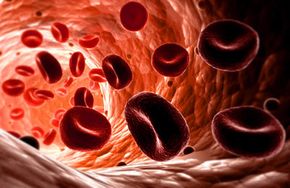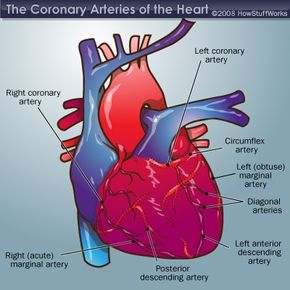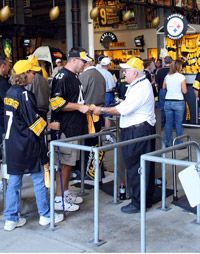Your heart works nonstop to deliver nutrient-rich blood to every part of the body, but its first priority is always to take care of No. 1 -- itself. You can think of it like this: When you deposit money into a checking account, you establish a system where all of your money passes from you to your bank and then follows one of two paths. It may either earn interest while the bank loans it out, or it may scatter to pay your various expenses. Before that money scatters, the bank earmarks some of those funds for itself first. When you look at your statement, you can see all of the deductions from your account, and there at the top is the monthly checking account fee.
Your heart handles blood in much the same way. The heart pumps about 2,000 gallons (7,571 liters) of blood a day through its chambers. Of course, we're not big enough to hold that much liquid, so it just pumps the same blood over and over, and it doesn't benefit from a drop of it. At least, not initially. That's a bum deal for an organ that beats about 100,000 times daily to supply every cell in the body with freshly oxygenated blood.
Advertisement
Your heart receives oxygenated blood in the same way your brain, foot and the rest of your body do: through an artery. But it's not entirely the selfless organ that greeting-card companies make it out to be. No matter how many tissues and organs are anxiously awaiting more oxygen-rich blood, the heart takes the very first cut of the good stuff arriving from the lungs, just as the bank makes sure its fees are paid first.
How does the heart get first dibs? Imagine you're driving out of the city on an outward-bound freeway. Suddenly you exit, cross the overpass and double back to get on the inward-bound freeway. The blood pumped to the heart executes a similar maneuver. Oxygenated blood courses through the left side of your heart, riding out through the aorta, one of the muscle's main outward-bound pipelines. Then it quickly exits this cardio freeway, crosses the overpass and shoots back to the heart inside one of the coronary arteries.
We'll talk more about the logistics of that oxygen delivery next.
Advertisement



